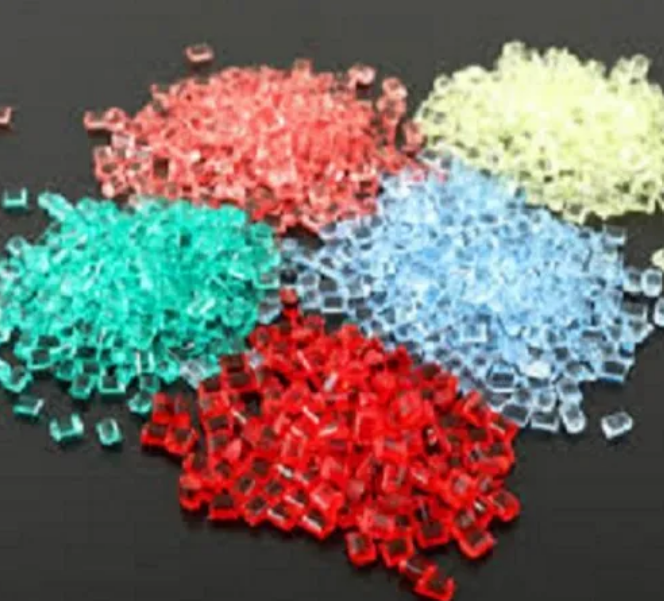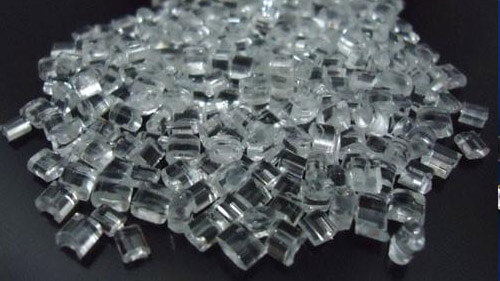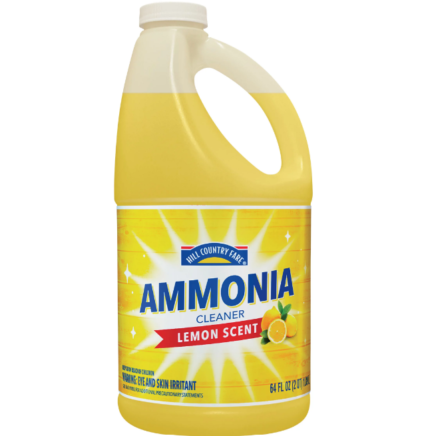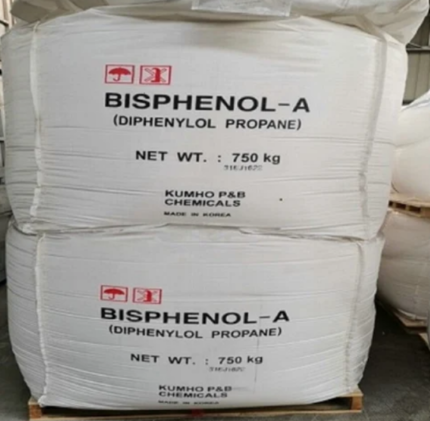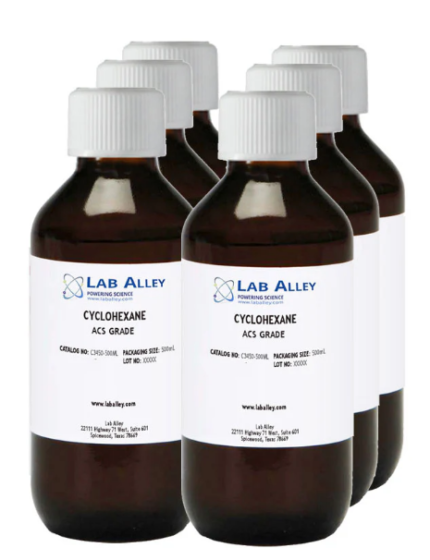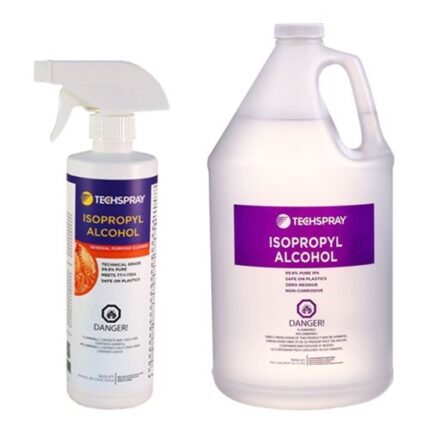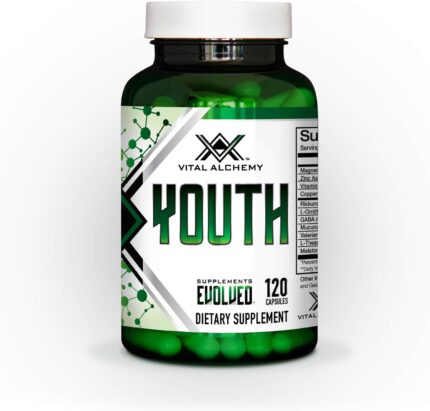Description
Polymethyl methacrylate (PMMA) is a commonly used manufacturing plastic. Because of its high transparency, PMMA is also known as “acrylic glass” or “plexiglass.” The material characteristics of PMMA are noteworthy for a few reasons: it is a
Polymethyl methacrylate (PMMA) is a commonly used manufacturing plastic. Because of its high transparency, PMMA is also known as “acrylic glass” or “plexiglass.” The material characteristics of PMMA are noteworthy for a few reasons: it is a highly translucent, glass-like material that offers high impact and environmental resistance, making it an excellent alternative for true glass in applications where shatter resistance is a desired trait. This includes aircraft and automotive windscreens, architectural applications, electronics, aquarium windows, and even medical implants.
Because of the wide range of potential applications and uses for PMMA, it’s important for product teams to fully understand the ins and outs of this versatile material in order to leverage its benefits most fully. Here’s what you need to know.
What is polymethyl methacrylate acrylic?
PMMA, or poly(methyl methacrylate) is a clear, colorless polymer with the molecular formula C5H8O2.
PMMA is produced through polymerization, which involves placing the methyl methacrylate monomers into a mold with a catalyzing agent. This allows PMMA to be formed into a wide variety of shapes, ranging from large sheets and blocks to small pellets and granules.
PMMA is compatible with all thermoplastic manufacturing methods (including injection molding, compression molding, and others), and can be subsequently machined, sized with saw or laser cutting, or polished.

